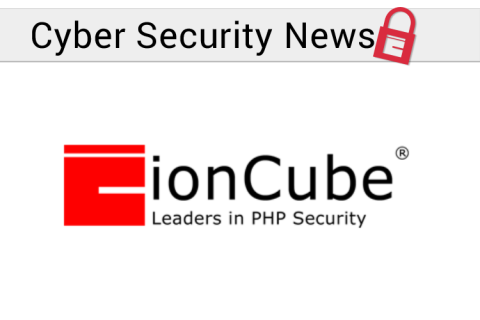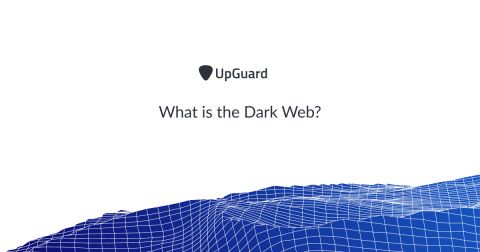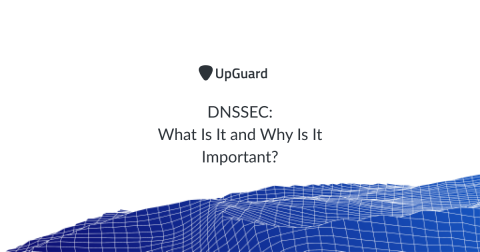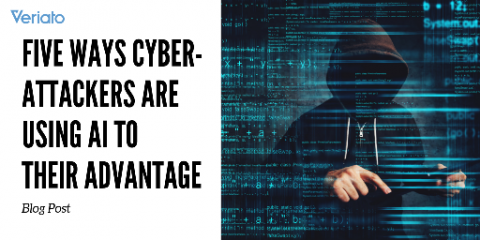Hacker prevention: tips to reduce your attack surface
These days it seems that every time you open your favorite news source there is another data breach related headline. Victimized companies of all sizes, cities, counties, and even government agencies have all been the subject of the “headline of shame” over the past several months or years.








